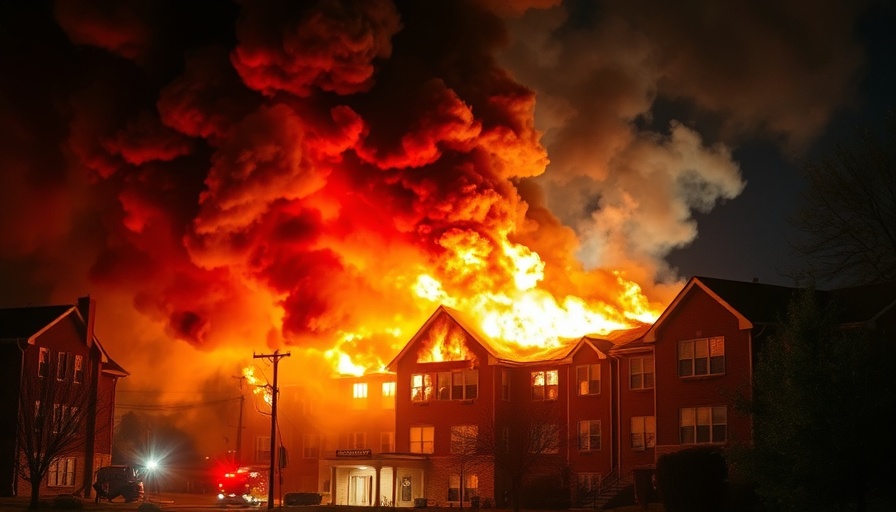
A Devastating Fire Claims Lives at Massachusetts Assisted Living Facility
A tragic fire broke out at the Gabriel House, an assisted living facility in Fall River, Massachusetts, leaving a devastating aftermath of loss and sorrow. Authorities confirmed that at least nine residents lost their lives in this horrific incident, and many others have been critically injured. The fire, which started late Wednesday night, rapidly engulfed the building, prompting a swift response from local firefighters who battled the flames into the early hours of Thursday.
Emergency Response and Rescue Efforts
The Fall River Fire Department responded to the scene within minutes of receiving emergency calls about the blaze. Firefighters encountered extreme conditions, with flames visible from several floors of the three-story building. Despite their efforts to rescue trapped residents, the rapid spread of the fire severely hindered these attempts. Several survivors have recounted harrowing experiences of escaping the flames amidst smoke and chaos.
Understanding the Impact of Fire on Vulnerable Communities
The impact of such disasters extends beyond the immediate physical damage; they resonate deeply within the community. Assisted living facilities cater to seniors often requiring special care. Hence, fires in these environments raise critical concerns about safety regulations and the preparedness of such institutions to handle emergencies. Family members of the victims have expressed outrage at the lack of adequate safety measures at the facility, indicating a need for a reassessment of building codes and emergency protocols in these homes.
Historical Context of Fires in Assisted Living Facilities
Fire safety regulations surrounding assisted living and nursing facilities have evolved significantly over the years, following several tragic incidents across the nation. Previous fires have prompted legislative changes, leading to stricter codes intended to safeguard residents. However, incidents like the one at Gabriel House serve as a stark reminder that these measures need continuous evaluation and reinforcement. It raises critical questions about whether existing regulations sufficiently protect helpless residents in facilities designed to care for them.
Community Reaction and Future Recommendations
The local community is reeling from this tragedy, with many expressing their condolences and support for the families affected. Vigils are being organized to honor the victims, and support services are being made available for grieving families. Mental health professionals highlight the necessity for psychological support for both those directly impacted and the larger community grappling with the shock of such a disaster.
Authorities have announced a complete investigation into the fire, and relevant recommendations will be pursued to enhance safety protocols. Experts suggest implementing better fire drills, routine safety training for staff, and equipping facilities with advanced fire suppression systems to prevent future tragedies.
Actionable Insights and Support for Victims' Families
If you or someone you know has been affected by this tragedy, several organizations are stepping in to provide immediate assistance, counseling, and support. It is important to reach out and share experiences to foster community resilience in the face of devastating loss. For those within local communities, consider participating in fundraising efforts or volunteering with organizations that assist families who have suffered from such disasters.
Conclusion: The Need for Enhanced Safety Measures
The devastating fire at the Gabriel House has not only taken lives but also raised critical questions about the safety regulations governing assisted living facilities. As the community comes to terms with this tragedy, it is essential to remain vigilant for necessary changes that can help prevent similar incidents. Families and community members are encouraged to engage with local leaders in advocating for better safety standards in the care of our most vulnerable populations.
 Add Row
Add Row  Add
Add 




Write A Comment